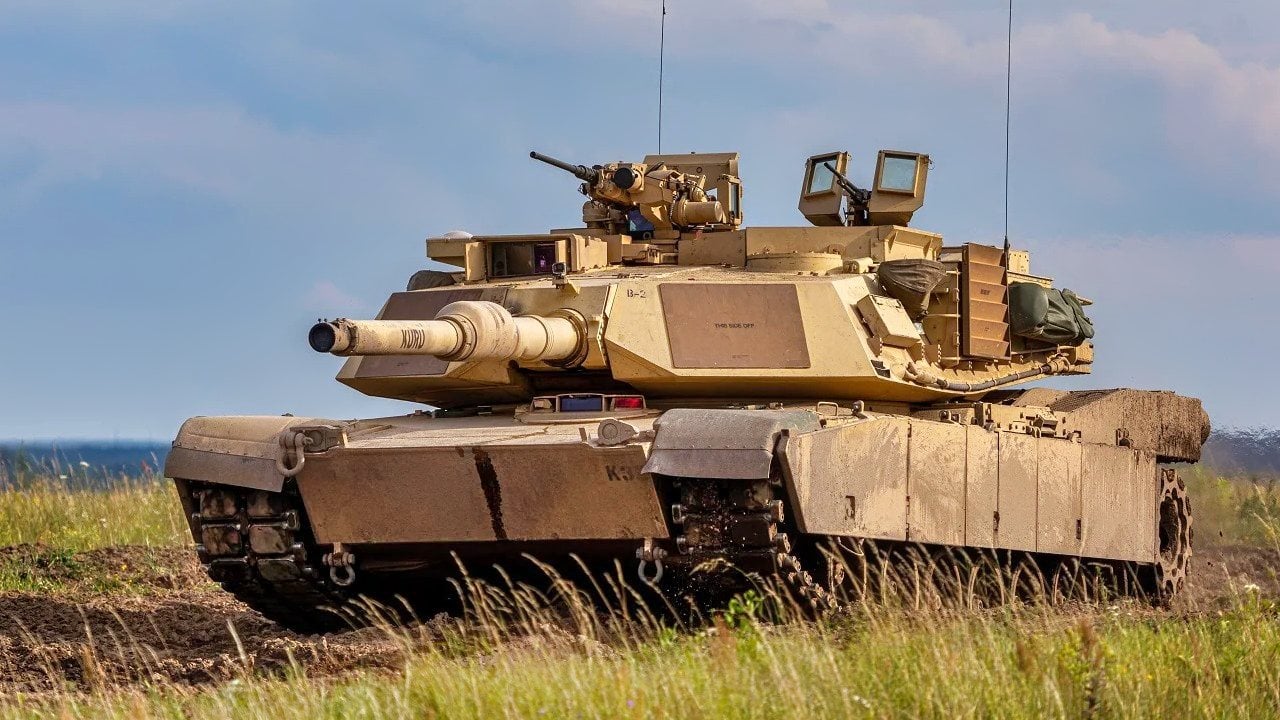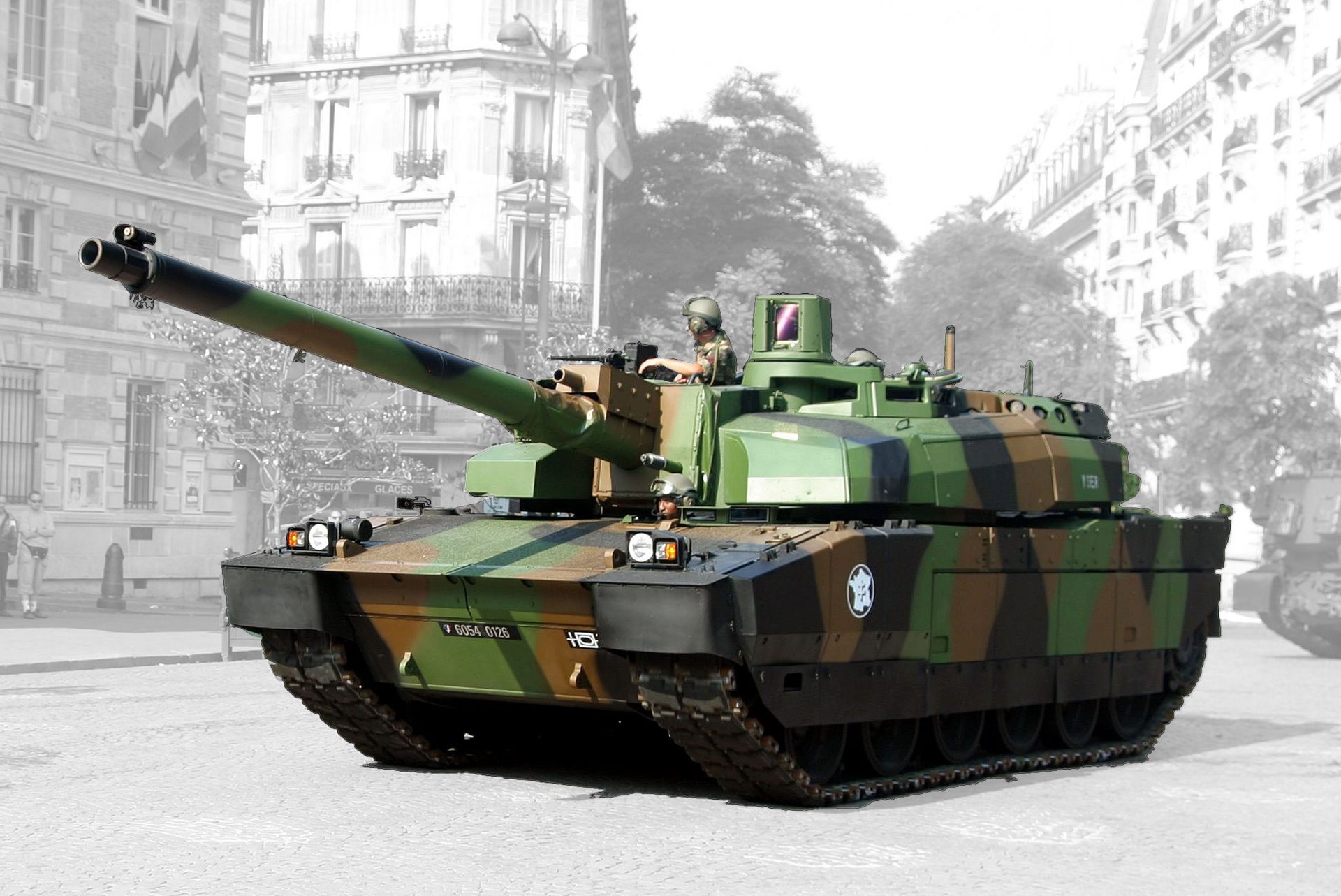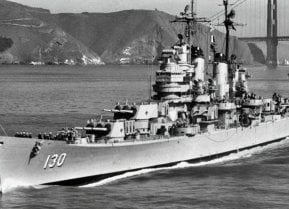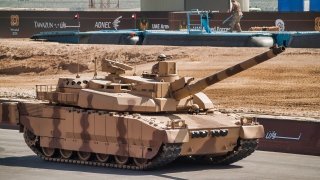France's Leclerc Tank Is Oozing with Firepower
Designed to replace the French Army's fleet of AMX-30 tanks, development of the Leclerc began nearly four decades ago, while the first production models first rolled into service in 1991.
Expert Analysis: Meet the Leclerc Tank: The French military is all too often the brunt of a joke – despite the fact that its soldiers were among the true victors in the First World War. It was during that conflict too that the first tanks were developed and roll across the battlefields of the Western Front.
Though the British were the early pioneers of these "land ships," it should be remembered that it was the French Army that developed the now classic design with the Renault FT light tank, which was the first to feature a top-mounted turret.
After the war, the French military continued to improve upon the concept. While less successful designs, notably the Char B, are now remembered; in the modern era, the French also developed the highly successful Leclerc, a third-generation main battle tank (MBT) named in honor of Marshal Philippe Leclerc de Hauteclocque, a commander of the Free French Forces, who led the 2nd Armored Division in World War II.
How the Leclerc Was Born
Designed to replace the French Army's fleet of AMX-30 tanks, development of the Leclerc began nearly four decades ago, while the first production models first rolled into service in 1991.
Generally considered an excellent vehicle, the Leclerc is equipped with an automatic loading system or the main armament, while remote-control machine guns allow the crew to be reduced to just three, including a commander, driver, and gunner.
The French third-generation tank is armed with a 120mm (4.7-inch) smoothbore main gun that is actually longer in size than the guns on either the German-made Leopard 2 or the American-built M1 Abrams, yet fires largely the same ammunition. The gun is fully stabilized to allow for firing on the move, even cross country. The aforementioned autoloader enables the Leclerc to sustain a rate of fire of upwards to 12 rounds per minute.

The autoloader can also quickly switch between APFSDS and HEAT rounds, the two principal types of projectiles carried in the vehicle. The normal ammunition load is 22 ready-use rounds in the turret, with an additional 18 stored with the hull. The commander is provided with a panoramic sight that incorporates a laser rangefinder and an image intensifier, while the gunner's sight also features a thermal range finder.
The Leclerc crew is protected via an advanced modular armor system, which can be tailored to the threat. Its armor is a combination of steel, ceramics, and Kevlar. Damaged modules are easily replaceable. The turret and hull roof were each developed to withstand top-attack munitions, while the chassis of the tank is covered with wide side skirts.
Standard equipment includes a fire-detection/suppression system, and land navigation system, while the onboard electric systems are fully integrated to allow automatic reconfiguration in case of battlefield failure or damage. It is equipped with a FINDERS battle management system, which provides the crew with a colored map display that includes the dispositions of allied and enemy forces. It can also be utilized for route and mission planning.

The 57-tonne Leclerc is powered by a SACM V8 high-pressure diesel engine, which can deliver 119kW (1,500 horsepower) via an automatic hydrostatic transmission. The French Army's MBT can also be equipped with extra fuel tanks to increase its operational range.
A few details not previously publicly disclosed were actually part of an authorized disclosure when an alleged Leclerc crewman reportedly leaked excerpts of the tank's classified manual via an online gaming forum for the war simulation War Thunder. Even as the information was removed, it was actually the third time a gamer had leaked such information.

In this case, the crewmember apparently was determined to convince other War Thunder players that the Leclerc was truly among the world's best MBTs.
Expert Biography: Peter Suciu
Peter Suciu is a Michigan-based writer who has contributed to more than four dozen magazines, newspapers, and websites with over 3,000 published pieces over a twenty-year career in journalism. He regularly writes about military hardware, firearms history, cybersecurity, and international affairs. Peter is also a Contributing Writer for Forbes. You can follow him on Twitter: @PeterSuciu.


